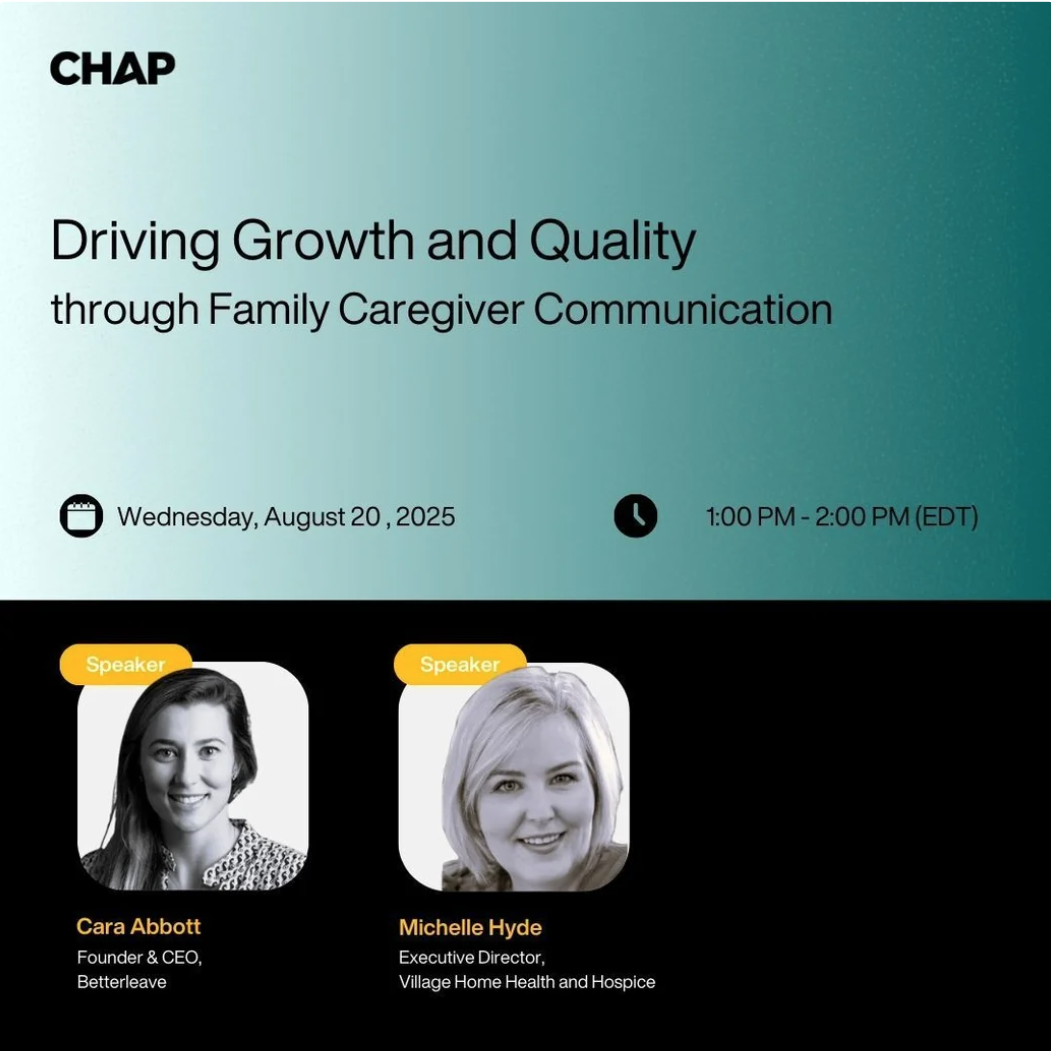You’re standing at the precipice of a new calendar year. And you still don’t have an employee communications strategy in place. You are not alone! 60% of companies don’t have a long-term internal communications strategy. And 74% of employees feel like they are missing out on company news.
Employees are aware there is company information they are missing. What they might not understand is the impact of this disconnect between employers and employees. Did you know that disengaged employees cost companies $7,800,000,000,000 globally. So you don’t have to count zeroes, I’ll help. That’s seven point eight trillion dollars.
If you’re a leader in an organization of 50 to 100 employees and have one human resources generalist and/or one marketing generalist, you likely feel more than your fair share of pain reading those statistics. No leader or employee doesn’t believe internal communications aren’t important. But, who can get to it? HR is keeping track of recruitment, onboarding, open enrollment, leaves of absence, etc. Marketing is delivering your value proposition to the external market. Employee communications is left waiting in the wings.
Employee communications is the malnourished superhero of your total rewards program.Your leadership team knows it too. "Which areas of the communication function bring the most value to your organization?" was recently asked of CEOs by Ragan Communications and HarrisX. Employee communications ranked second. Just behind executive communications and ahead of investor relations, ESG and social media.
Here are four critical questions to ask as you shore up your employee communications to guarantee incremental success in the next six months.
Who is going to do the work?
If you have a dedicated comms pro in the organization, chances are they’re mostly focused on public relations, media pitching or making sure the leadership team is saying the right things internally and externally. But, they have the right skills to leverage for this work. Do they care? Do they have time? What other work is stopping employee communications from being a priority?
Is there someone in human resources or marketing that can run point? If so, you need to ensure that person is given the authority to make decisions and do so with cross functional visibility. Additionally, managers also need to be equipped with how and where to find resources for employees. There are no scapegoats in this work. It’s hard enough as is. Put together a one- or two-page service level agreement that speaks to roles, responsibilities and includes a detailed RASCI (responsible, accountable, support, consulted, informed) assignment matrix. It will feel laborious on the front end, but deliver so much value later.
Pro tip: the powerhouse duo here is the marketing + human resource relationship. It’s not common enough that they combine forces. But, it’s absolute magic when it does.
Take a moment to also consider who are the trusted voices in your organization. Even organizations of 30 or so employees tend to have influential voices that might not rank high on the org chart. Who are they? Can they be an advocate or ambassador for your cause?
If there is a lack of in-house skill or capacity, you may find it’s best to bring in a partner to support this work. The risk in doing so is an outside party is … well, outside. It’s going to require an extra layer of communication to ensure your partner is strategically and tactically well connected to the work at hand. Ideally, an existing partner can help augment your team in this way. For example if NFP is your benefits broker, they also have an award winning Employee Communication Practice built into the firm (Not that I’m biased!).
What is your process?
All good stories have a beginning, middle and end. So it must be with your employee comms. The structure sets the strategy and creates a process.
A process allows you to follow a set of rules or steps to ensure you’re actively evolving the way you communicate and following a thoughtful strategy. Any good communications process creates a natural cycle and includes these four key steps – listening, strategizing, implementation and optimizing.
At NFP, we created a proprietary communications process, LASSOTM, that goes beyond those four steps. We implement LASSOTM with clients interested in advancing their employee communication efforts. These efforts easily scale up to communications efforts with other stakeholders and external audiences.
LASSO – Listen, Assess, Start, Strategize, Optimize – allows us to take a deep dive into your organization to understand not just the wants, but also the needs of your organization and your employees. Take a more detailed look at the LASSOTM approach in this article: How to Create a Winning Employee Communication Strategy.
If you don’t have LASSO, make sure you have something. Be sure it’s measurable. And, be certain part of your measurement is informed by near-real-time employee data through polls, surveys, focus groups, etc. Communication at its best is a dialogue. A two-way process.
How can you diversify?
You likely don’t respond to an advertising campaign the same way your family member, partner or neighbor does. Your employees are going to hear (and not hear) information differently too.
NFP follows the classic marketing rule of seven: you have to share a message with someone seven times seven different ways before they’re going to engage. Repetition and channel diversity matter. It’s true of your people. And your workplace. Since we’re starting from the ground level, what communication paths do you already have paved in your organization? I suspect you have email. What about middle management with regularly scheduled meetings? How about an SMS platform? Is there an internal social network already at play like Slack, Teams or Yammer? A breakroom or café? Intranet?
How can you impact benefits communications?
US employers invest billions annually in health benefits.. It’s generally the second most expensive line item in an organization after payroll and is roughly 30% of overall employee cost. (Reference: Bureau of Labor Statistics). And yet, 3 out of 4 employees are certain they are missing out on benefits communications. Your investment is not being recognized by your employees!
Employees are looking for better benefits and effective communications so they can get the support they need, when they need it.
- 69% of employees feel that a comprehensive benefits program increases company loyalty. (Source: MetLife)
- A majority of employees (61%) who receive more than six (6) benefits report being satisfied with their benefits package. (Source: LIMRA)
- Nearly two-thirds of workers (63%) say their current benefits package makes them at least somewhat more likely to remain with their employer. (Source: LIMRA)
- Only 4 in 10 employees strongly believe their employers’ benefits communication is simple to understand. (Source: MetLife)
- When employees are satisfied with the frequency and clarity of communications from their employer, they’re 177% more likely to be holistically well and 156% more likely to feel valued and appreciated. (Source: MetLife)
- 7 in 10 employees say they would prefer to receive benefits information at least a few times or frequently throughout the year. (Source: LIMRA)
With employee benefits being such a significant investment – their visibility to prospective and current employees cannot be shortchanged. Make employee communications work at ground level a priority. Your people want to better understand what’s available to them and their families. They want family-friendly, inclusive benefits that support their lives in and outside of work, such as family-forming and bereavement care benefits (s/o Betterleave). And, the best way to accelerate these quality of life desires is to effectively communicate benefits availability and access throughout the calendar year (not just during open enrollment).
HR + MarComm: Who are your partners?
Is it a small group of you against the world? It might feel like that. Do not let the Employee Benefits Communications challenge get the best of you. Recall our four questions and remember:
You have resources and partners available - if not available within your extended team, from a third-party provider or specialist like NFP. Communications doesn’t have to be mysterious. Like most business practices, communications works well when it follows a process or framework. You can leverage the communications vehicles you have at hand. When you think about it, your owned media may be far greater than you imagined. And lastly, be your own greatest advocate for the importance of your communications work.
Best-selling author Simon Sinek said, “customers will never love a company until employees love it first.” Can you think of examples where this is true - where this thread of love bubbles up from employees to customers? I know I can. Now more than ever, your benefits program is a key differentiator of your employee experience, organizational culture and retention. Your workforce is keenly aware of the impact their benefits have and are expecting higher levels of care and communication.
Amos Haffner is Vice President of Employee Communications of NFP, a leading insurance broker and consultant providing specialized property and casualty, benefits, wealth management and retirement planning. Feel free to drop him a note or reach out on LinkedIn.




